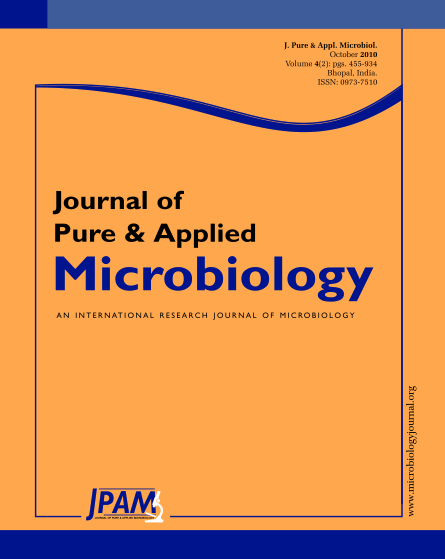The growth of microbes on textiles during use and storage negatively affects the wearer as well as the textile itself. The detrimental effects can be controlled by durable antimicrobial finishing of the textile using broad-spectrum biocides or by incorporating the biocide into synthetic fibers during extrusion. Antimicrobial finish was incorporated into woven and knitted fabrics using ReputexTM 20, which is an antimicrobial agent. The objective was to produce antimicrobial fabrics and study the effectiveness of the antimicrobial finish. Among the various techniques available for the application of antimicrobial finish, padding method was used. A roll of knit/woven fabric was passed through a water bath containing a suitable concentration of ReputexTM 20. The fabric was then passed between two rollers to squeeze out excess liquid and was dried. Then the antimicrobial potency was quantitatively determined. Knit fabric was found to be better than woven fabrics in terms of antimicrobial effectiveness. It was also observed that pH 7 is better for antimicrobial finish for both knit and woven fabrics.
Antimicrobial finish, fabric, effectiveness
© The Author(s) 2010. Open Access. This article is distributed under the terms of the Creative Commons Attribution 4.0 International License which permits unrestricted use, sharing, distribution, and reproduction in any medium, provided you give appropriate credit to the original author(s) and the source, provide a link to the Creative Commons license, and indicate if changes were made.


